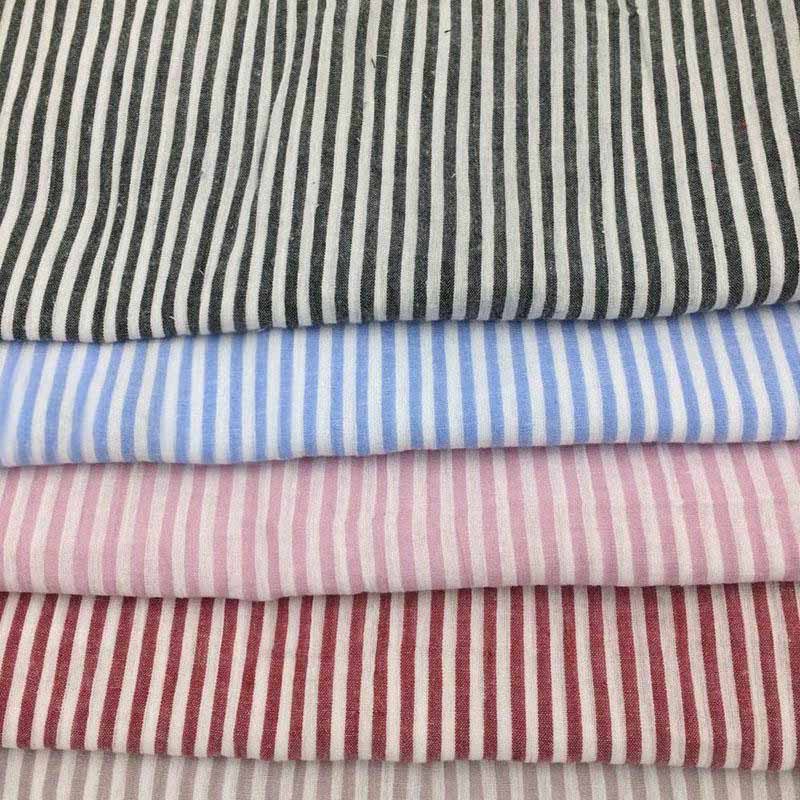In the modern consumer market, user experience has become an important factor influencing consumer purchasing decisions. Fabric selection, as an important part of product design, is not only related to product functionality, but also directly affects consumer satisfaction. Therefore, in-depth exploration of the impact of fabric selection on user experience can provide important guidance for companies in marketing and product development.
Different types of fabrics have different properties. For example, cotton fabrics are popular among consumers for their good breathability and comfort, while synthetic fibers are widely used for their durability and easy cleaning. When choosing fabrics, companies need to consider the needs and preferences of target users to enhance the user experience.

According to market research, more and more consumers tend to choose environmentally friendly and sustainable fabrics. This trend has prompted companies to incorporate green concepts into product design, thereby improving brand image and user satisfaction. At the same time, understanding consumer preferences will help companies better position and promote their products in the market.

In summary, fabric selection has a profound impact on user experience. Companies should pay attention to the selection of fabrics in product design and marketing to improve consumer satisfaction and loyalty. This will not only help companies gain a foothold in the fiercely competitive market, but also lay a solid foundation for sustainable business growth.

With the development of technology, fabric selection in the future will be more personalized and intelligent. Enterprises need to pay attention to these trends in order to achieve innovation in fabric design, so as to better meet market demand and enhance user experience.
